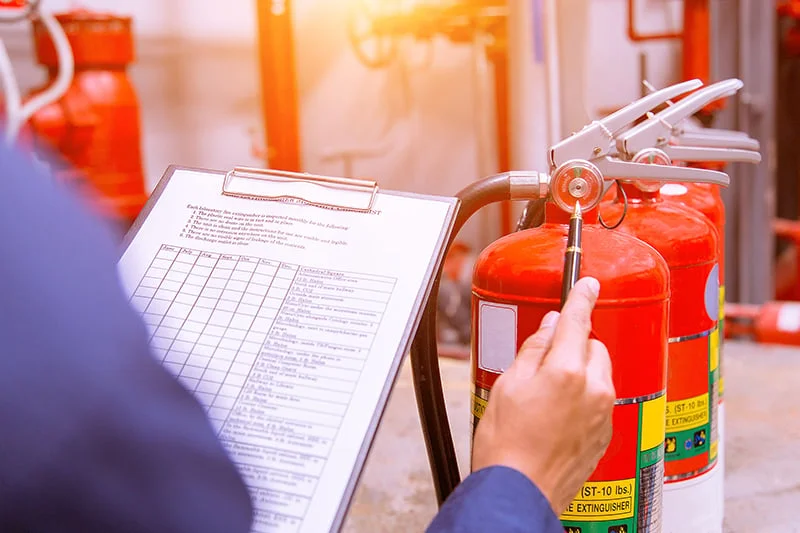Tenant changeover days bring chaos for London landlords. Keys handed back, quick repairs, frantic cleaning, and new tenants arriving hours later. Amid this whirlwind, fire safety often gets overlooked. “The alarms worked fine for the last lot” becomes the default assumption. But legally speaking, tenant transitions trigger mandatory safety reassessments that many landlords completely miss.
1. Legal Requirements Most Landlords Never Knew
The Regulatory Reform (Fire Safety) Order 2005 doesn’t just apply to commercial buildings. It covers the common areas of HMOs, blocks of flats, and any residential property with shared facilities. What many landlords miss: tenant changeovers constitute “material changes” requiring fresh evaluations of fire risks.
This catches countless London landlords out. The penalties? Potentially severe. Professional fire risk assessment London consultants specifically flag tenant changeovers as critical review points, preventing this expensive oversight that basic letting agent checklists typically miss.
2. Different Tenants, Different Risks
Not all tenants present identical fire risk profiles. A property perfectly safe for young professionals might harbour serious hazards when rented to a family with small children or elderly residents. These changing occupancy patterns demand reassessment.
Consider mobility factors alone. Escape routes adequate for able-bodied tenants might prove dangerously insufficient for those with limited mobility. Smoke detection systems appropriate for light sleepers might need enhancement for tenants with hearing impairments.
3. Tenants and Their Curious Habits
Previous tenants sometimes leave unwelcome fire safety surprises. Removal of smoke detector batteries, damaged fire doors, blocked emergency exits, and tampered electrical systems regularly appear during between-tenancy inspections. Without proper assessment, these hazards carry forward to new occupants.
Sometimes the surprises involve bizarre modifications. Professional fire risk assessment services specifically check for these unauthorised alterations that letting agents often miss during standard property inspections.
4. Documentation That Protects Your Investment
Beyond physical safety, proper between-tenancy assessments create crucial liability protection. If tragedy strikes and fire damages property or harms tenants, an investigation will immediately focus on whether appropriate safety measures existed and whether the landlord performed required assessments.
Insurance claims particularly depend on proper documentation. Policies typically contain clauses requiring compliance with all applicable regulations, including fire safety laws. Without current assessment documentation, insurers may refuse claims entirely, potentially turning property damage from financial setback into financial catastrophe.
5. HMO Licensing and Fire Safety Intersection
For HMO landlords, fire safety requirements grow considerably more stringent, with London boroughs taking increasingly strict enforcement approaches. License conditions typically mandate specific fire safety provisions with regular verification, particularly between tenancies.
These enhanced requirements involve interlinked detection systems, emergency lighting, protected escape routes, and fire-resistant construction elements. Enforcement officers increasingly conduct surprise inspections specifically targeting recently re-let HMOs, knowing this transition period often reveals compliance gaps.
Conclusion
Between-tenancy fire risk assessments represent both a legal necessity and practical protection for London’s landlords. The modest investment in professional assessment services potentially prevents substantial financial penalties, insurance complications, and emergency remediation costs when problems emerge.
Beyond mere compliance, these assessments provide peace of mind that properties remain safe and legally compliant through changing tenancies and evolving regulations.

















